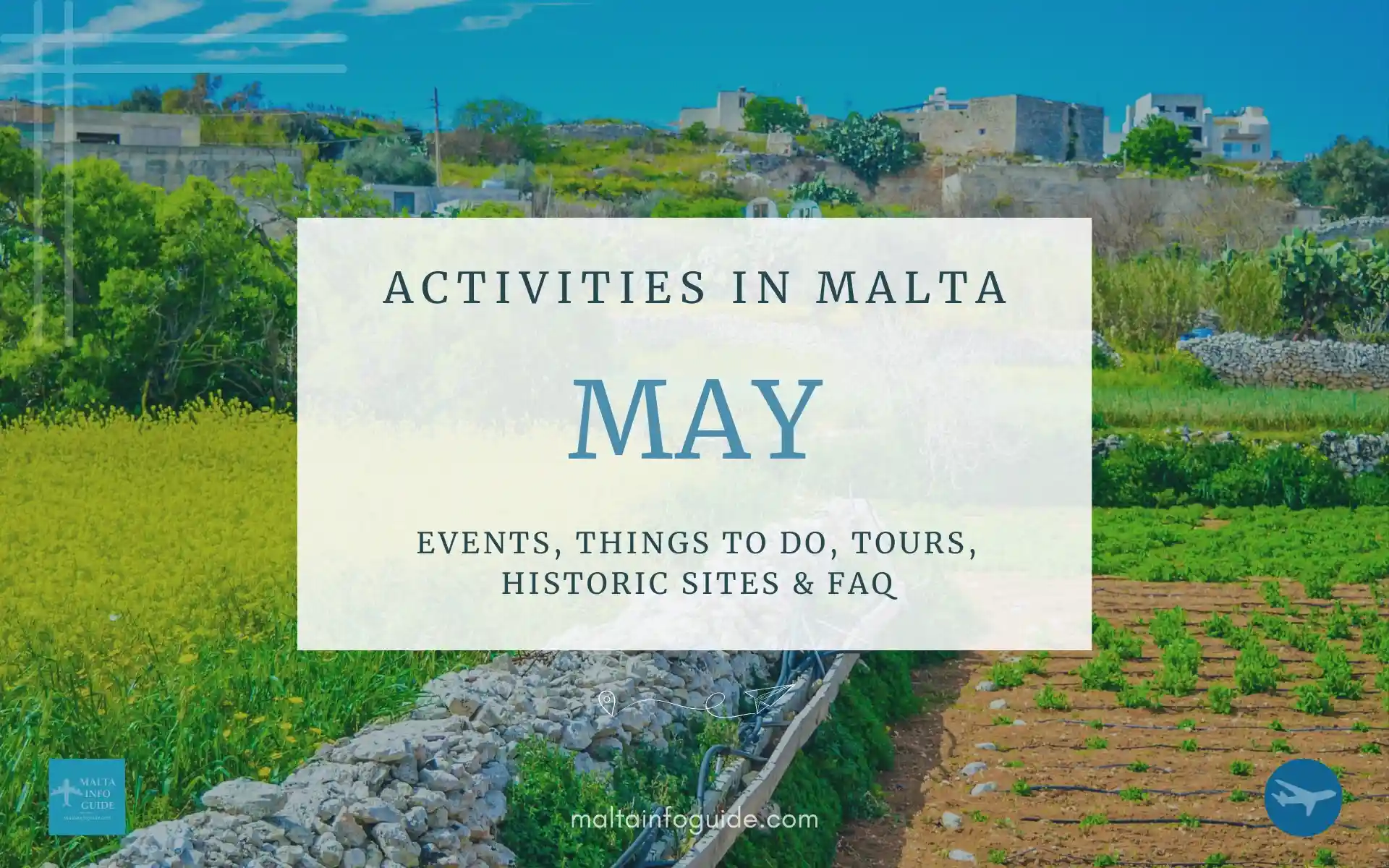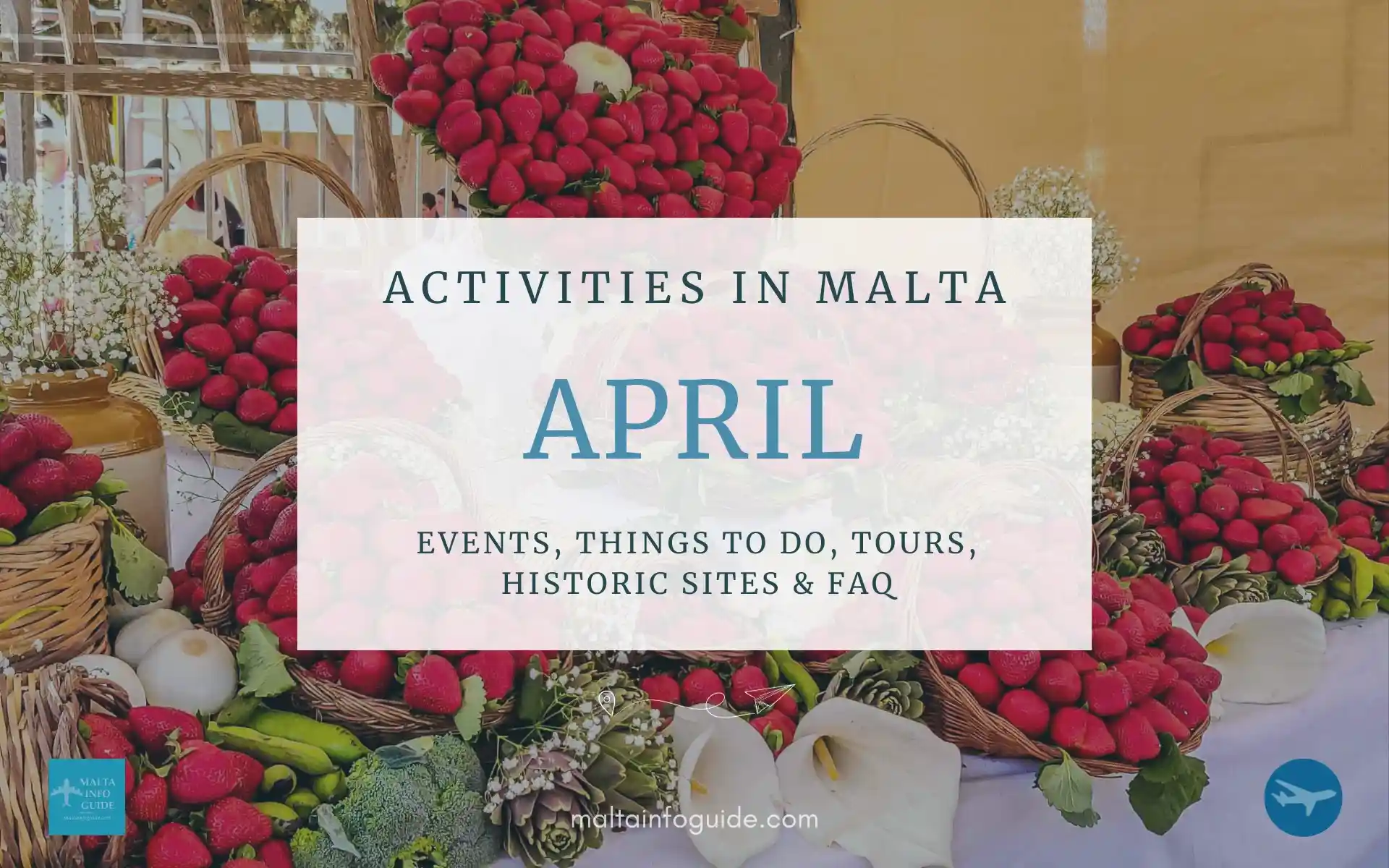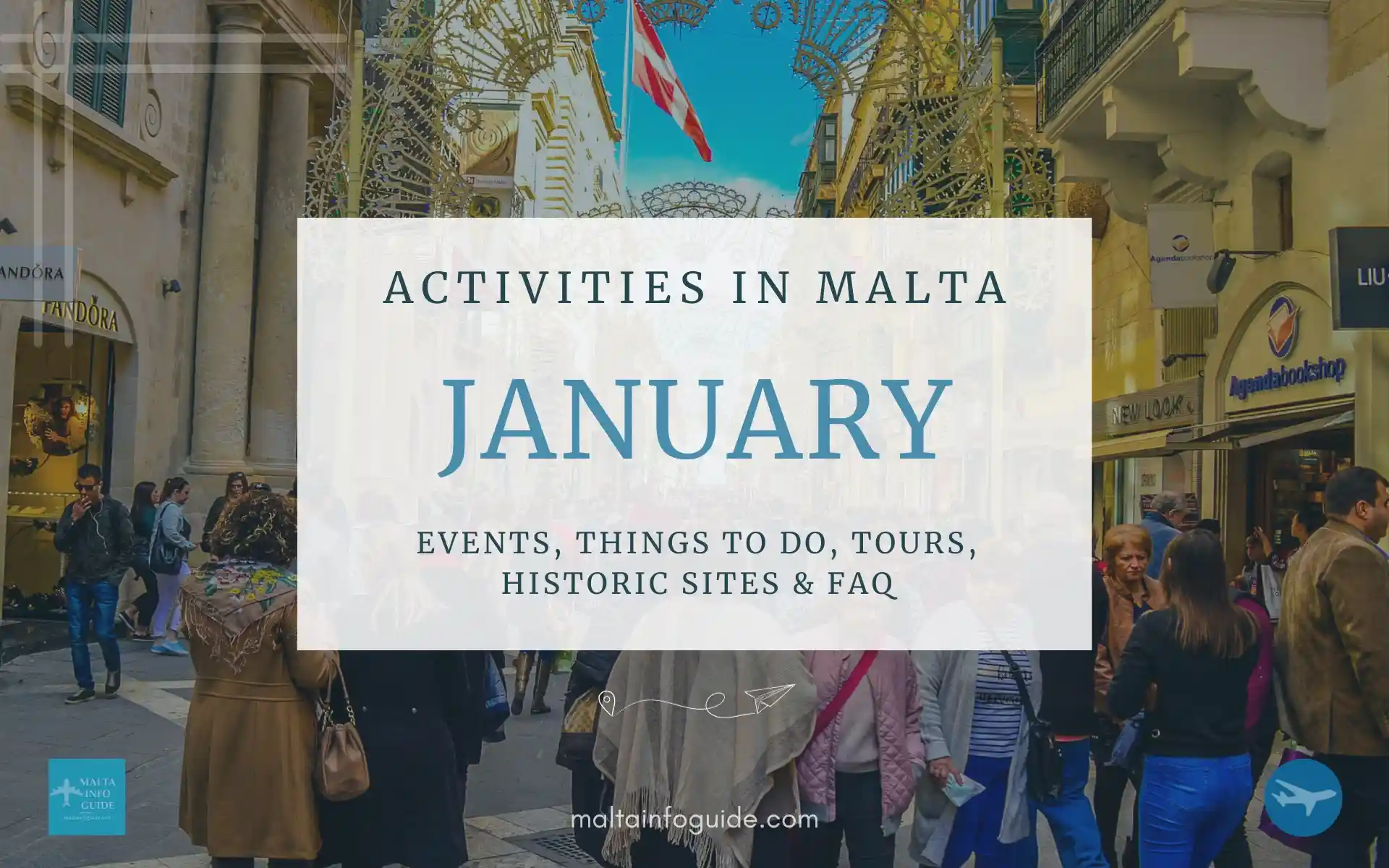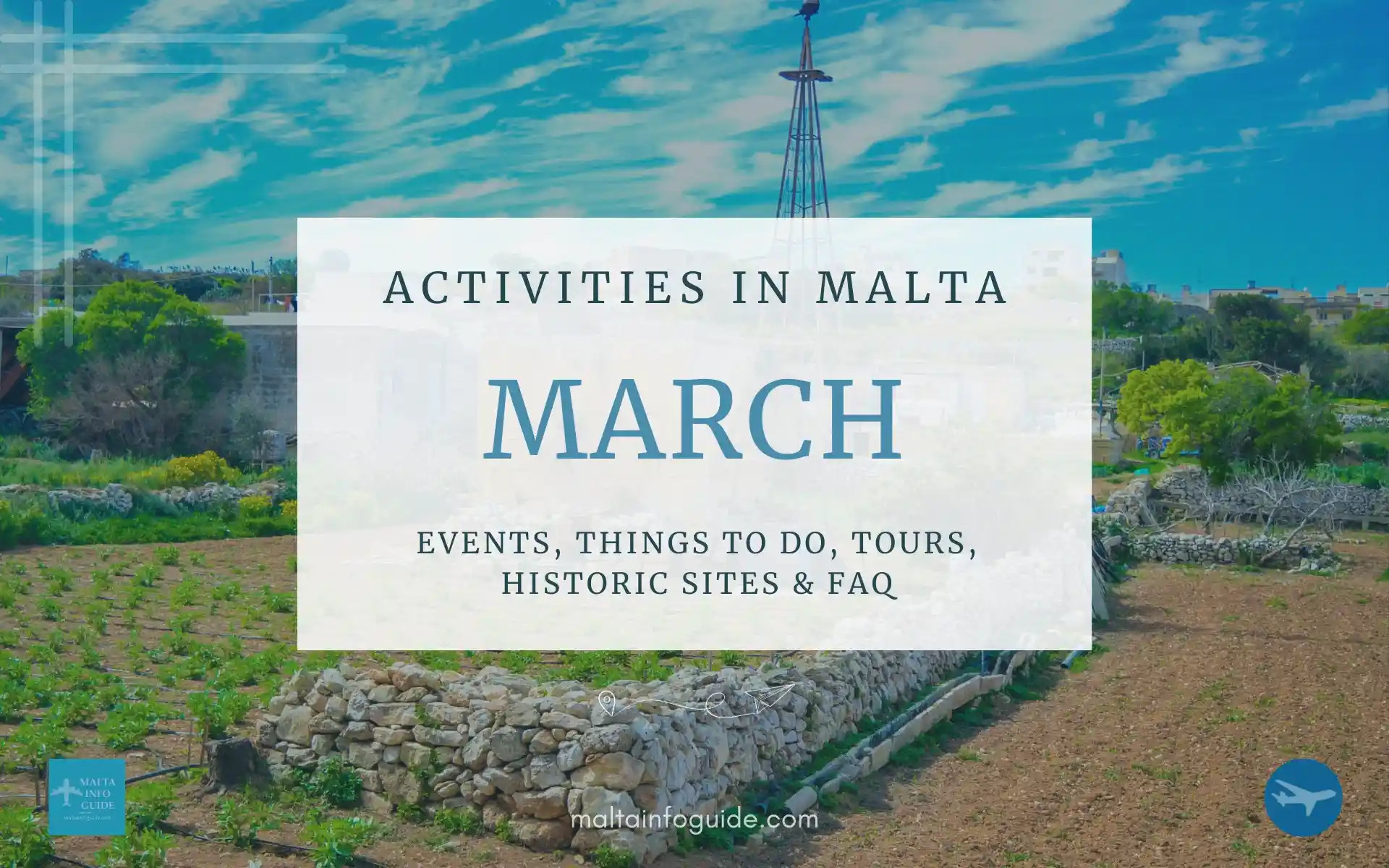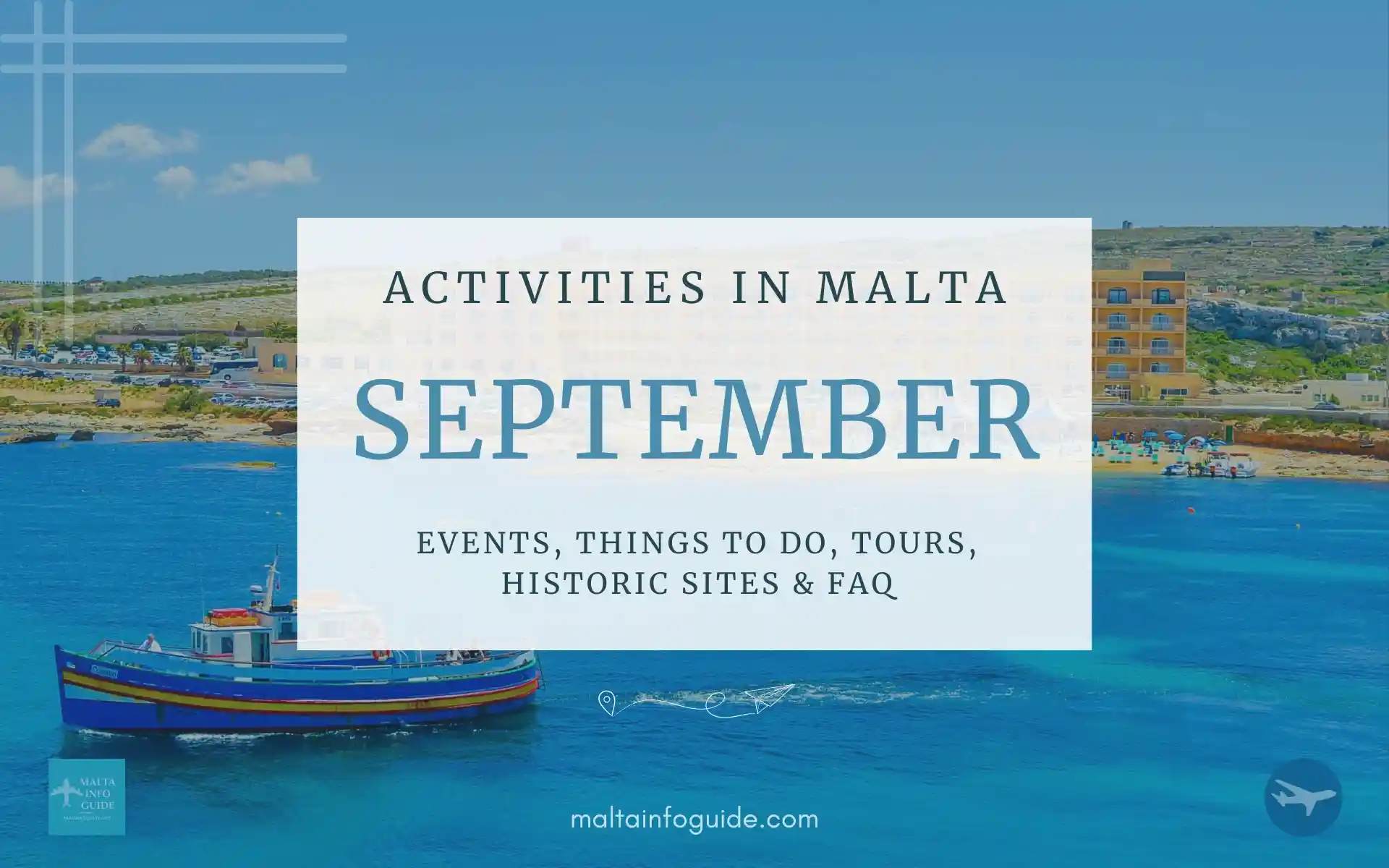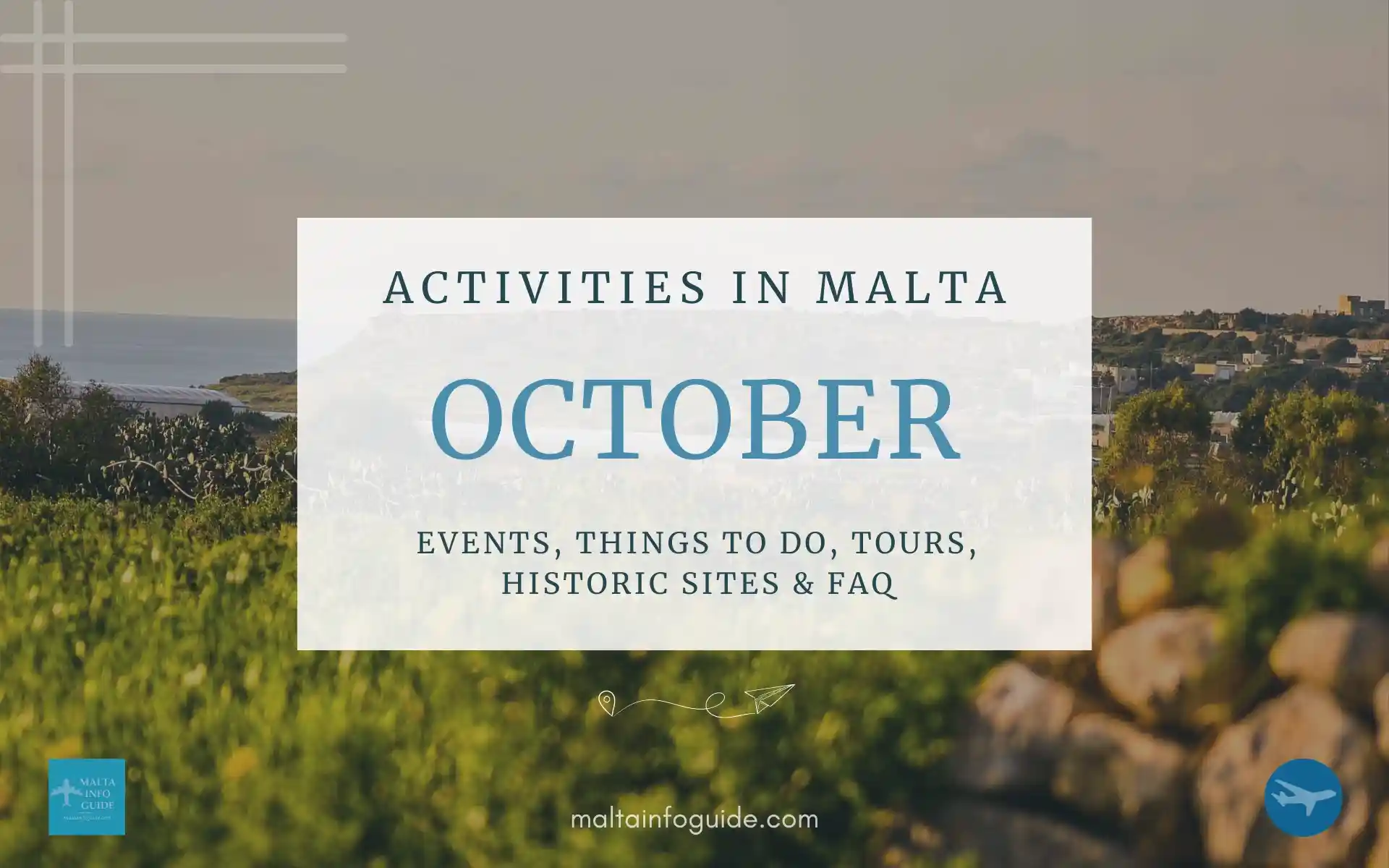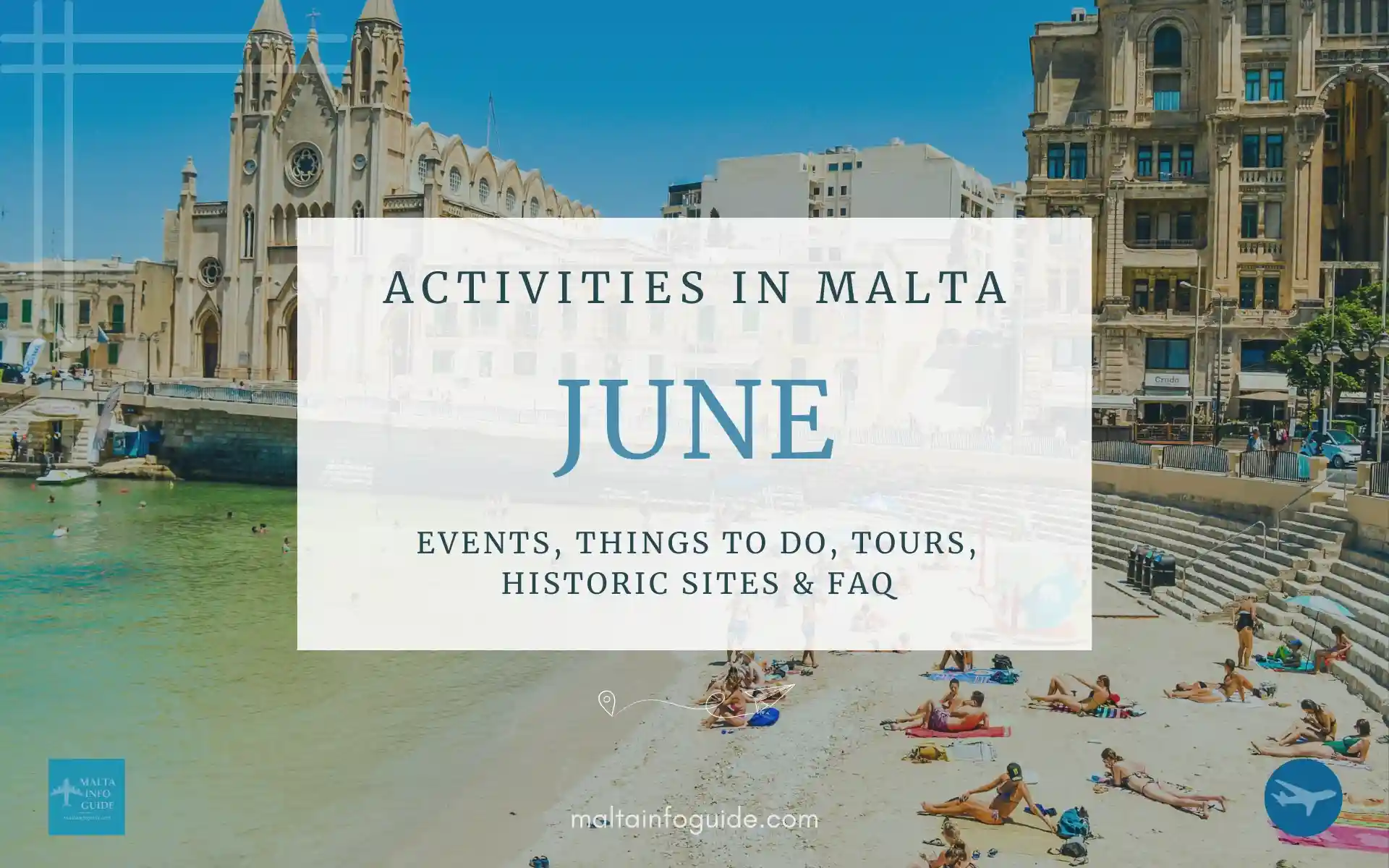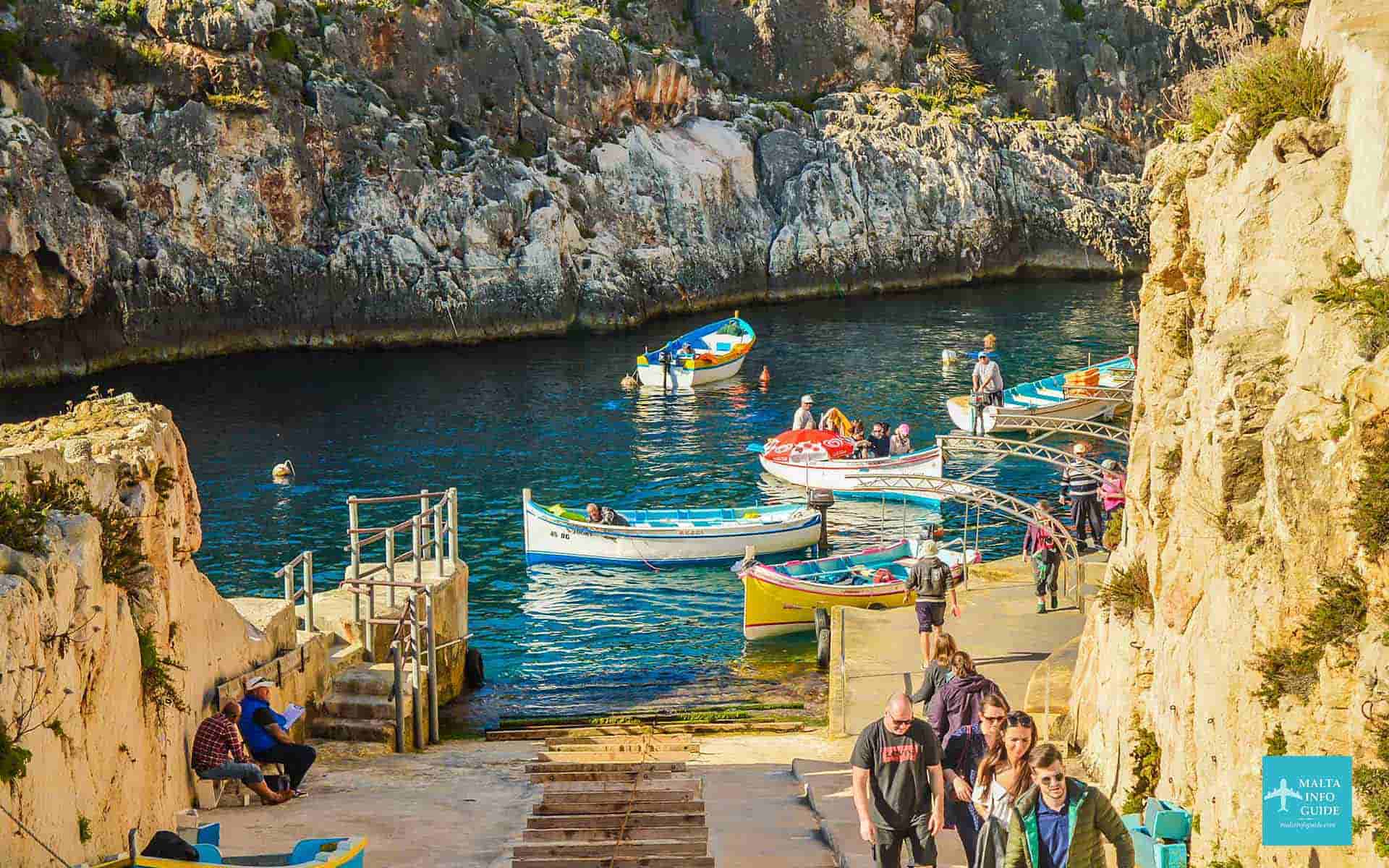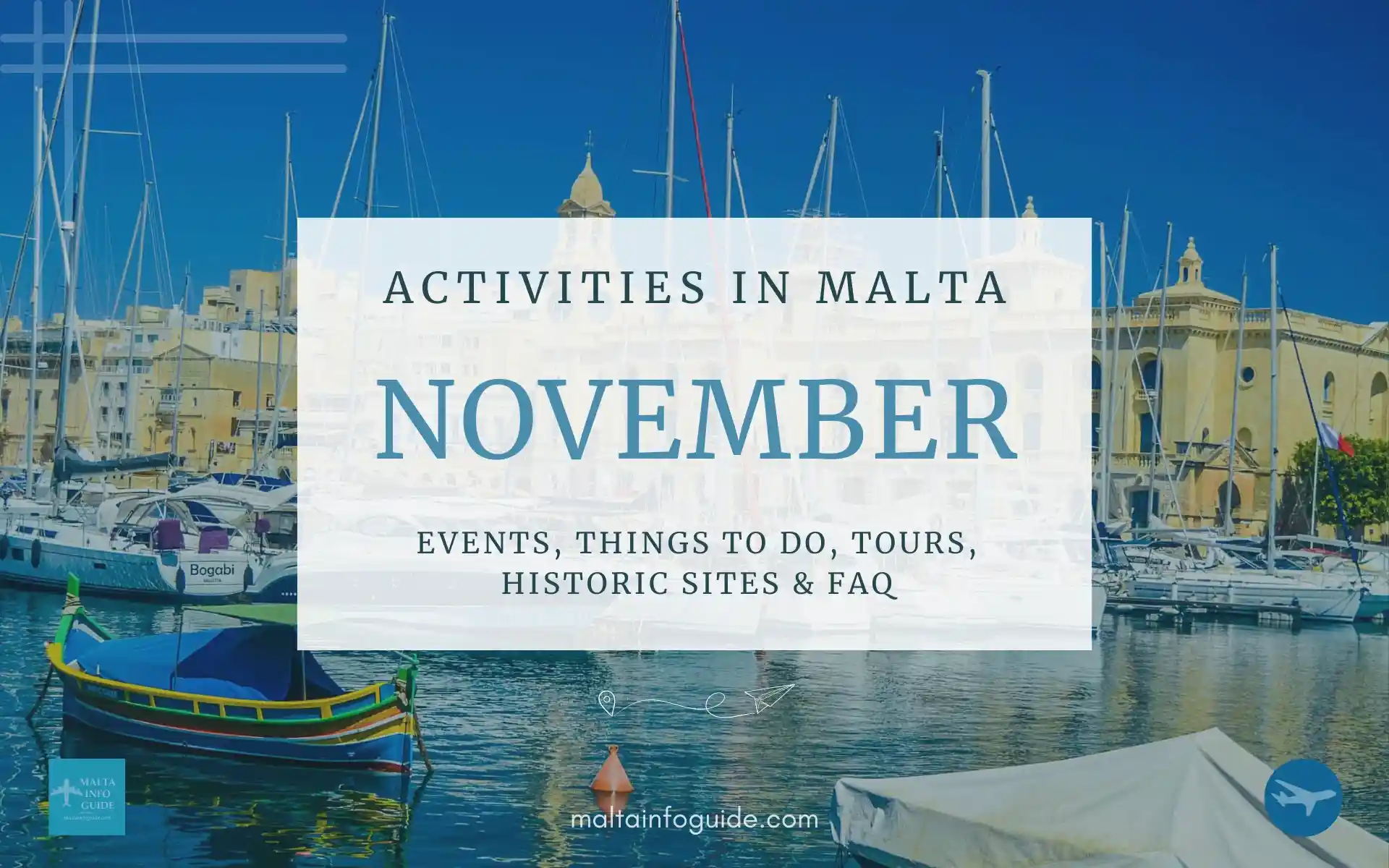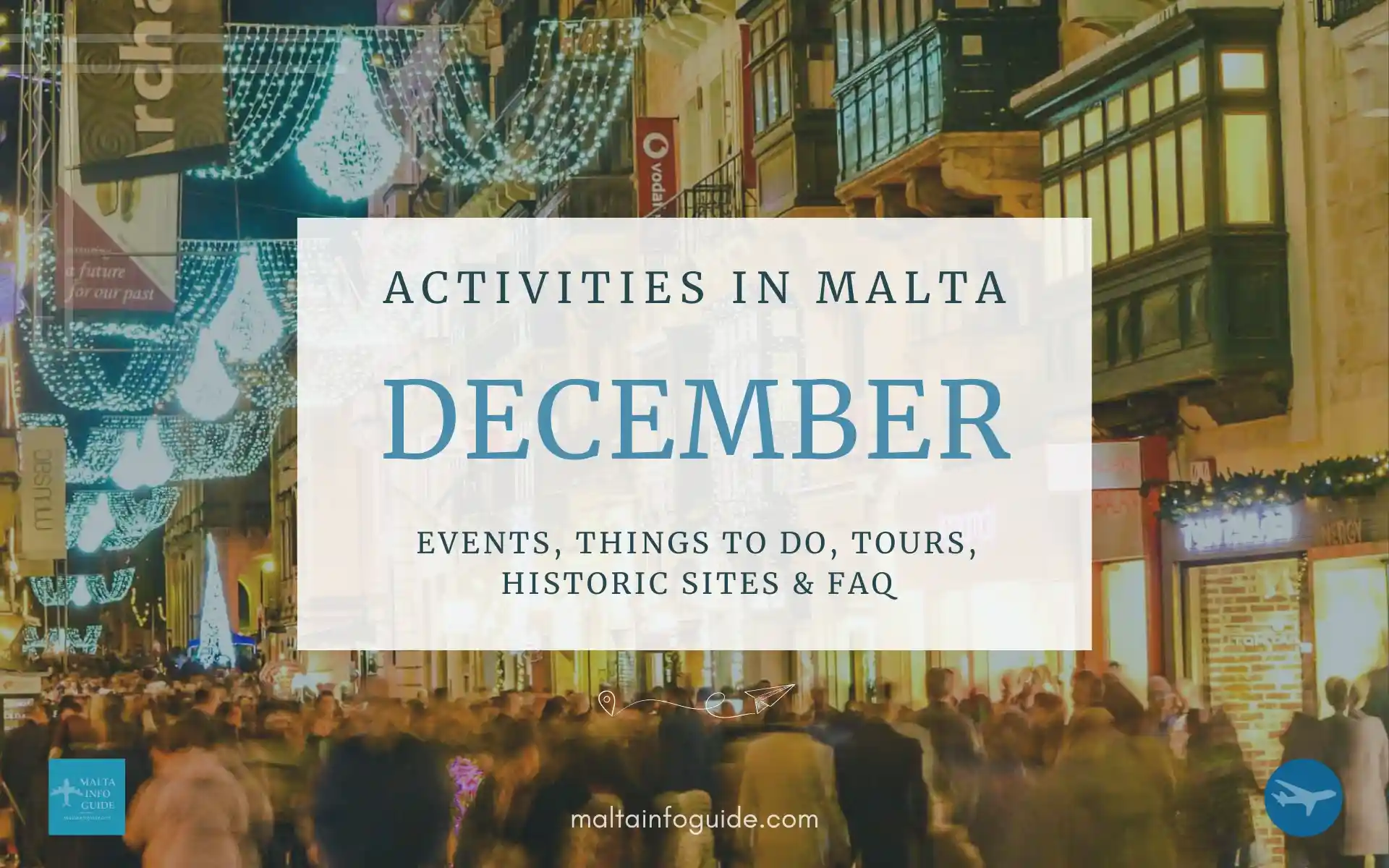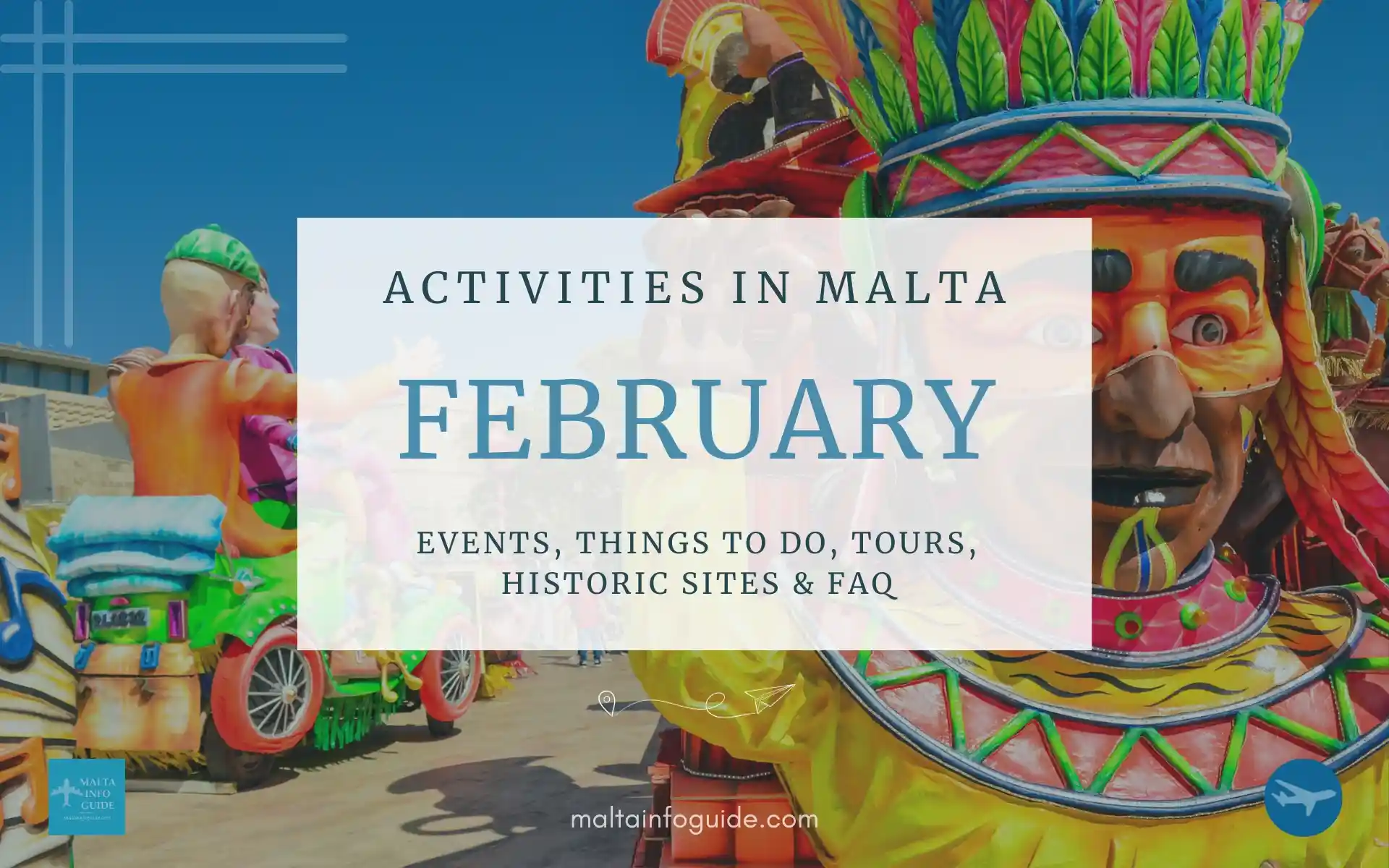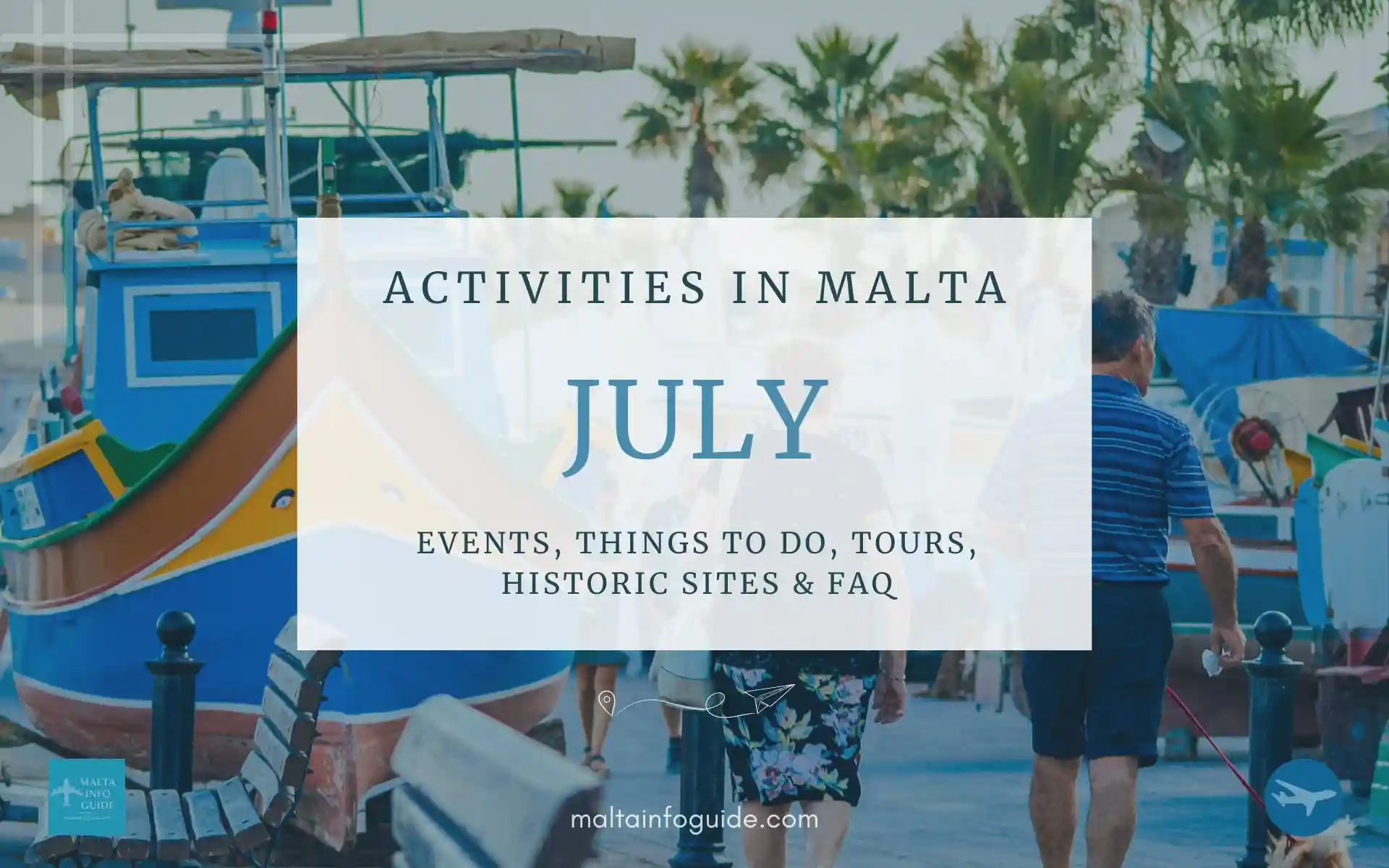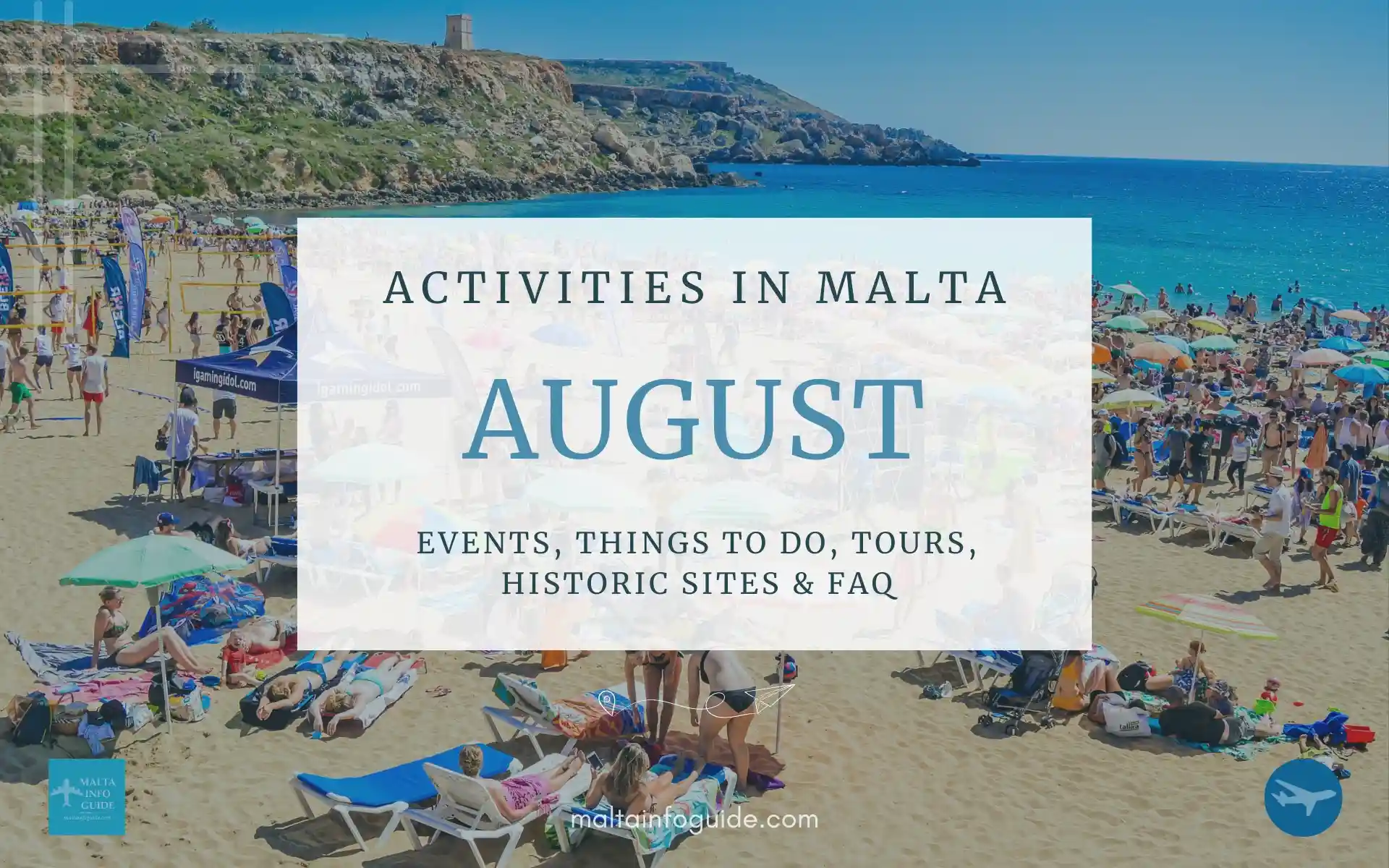- Home
- Malta Events Calendar 2025
- Carnival Malta
winter & summer Carnival Malta 2025/6
Il-Karnival Ta' Malta - A Colourful Tradition
Every February or March, Malta bursts into life with Carnival, one of the island’s oldest and most vibrant festivals. A time of pure spectacle, it transforms the country into a whirlwind of colour, music, and dance, bringing together both locals and visitors for days of joyous celebration.
From the majestic streets of Valletta to the lively squares of Gozo and villages across Malta, Carnival is an unmissable experience. Expect extravagant floats, elaborate costumes, and energetic dance performances, creating a dazzling atmosphere like no other.
In this guide, you will find everything you need to know, including the Carnival calendar, event dates, tips, and answers to frequently asked questions.
Date Last Updated: 21st March 2025

Table of Contents - Carnival Malta 2025/6
- Traditional Carnival Malta - February 2026
- Malta Carnival Program 2026
- Summer Carnival In Malta 2025
- Tips On Visiting Carnival In Malta
- Carnival In Malta Locations
- Carnival Locations Map
- Carnival History in Malta
- Questions and Answers
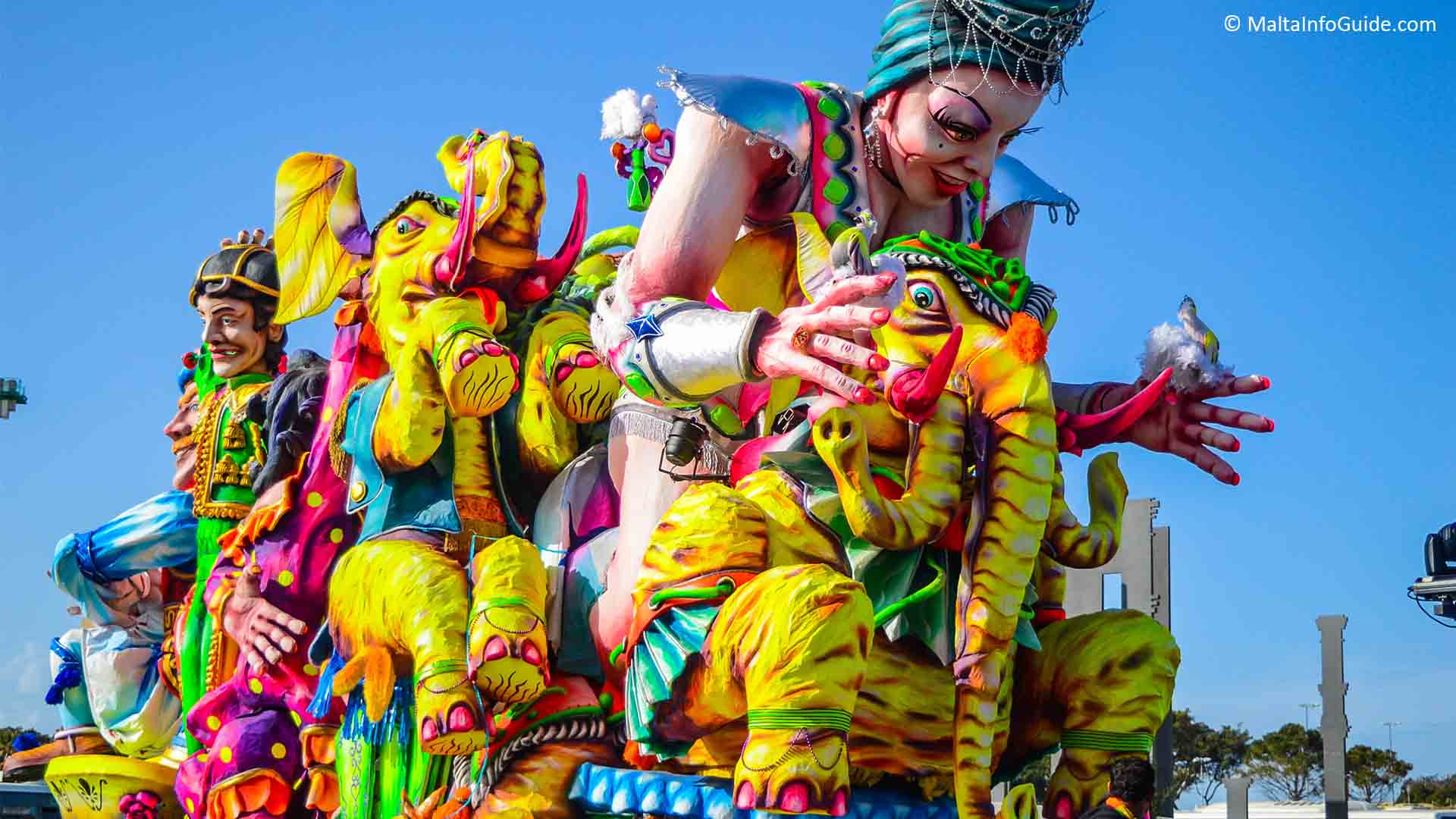 Carnival Float in Valletta
Carnival Float in Vallettatraditional carnival malta - february 2026
The traditional carnival in Malta has already been announced for 2026, however only the dates have been released. The rest of the information about the event will be released closer to the dates.
when is Carnival in Malta 2026?
- Friday 13th to 18th February 2026
carnival in malta 2026 program
The program has not been released yet. It will be published closer to February 2026. The program is provided by Festivals Malta.
Carnival Events in Malta 2026
Events for Il-Karnival ta' Malta 2026 will be published closer to the date.
summer carnival in malta
A relatively new event added to the Maltese calender is the Summer Carnival in Malta, another carnival apart from the traditional one held in February. This event which has been showcased several times has been hosted in several towns across the island.
This event is aimed to bring the carnival spirit during the warm period of the year, hence why it is celebrated during August.
When will the Summer Carnival in Malta be held?
According to Festivals Malta, the dates will be announced for 2025.
This event is perfect for anyone travelling to the island during the summer period. Take note of the dates so that you can join the fun!
The last Summer Carnival was held across three different Maltese localities namely Birżebbuġa, Buġibba and Marsaskala. It featured a total of 11 traditional carnival floats accompanied by local dancers.
“Every year, the Carnival of Malta that we organise in February manages to attract thousands of Maltese and tourists. However, many tourists visiting our country in the summer do not get the chance to experience the art and craftsmanship of the Carnival. Thus, the Summer Carnival serves as a means to showcase the talents of amateur carnival artists to a broader audience at a time when our country sees the most tourists throughout the year,” - This is a statement from Aaron Zahra, the Chairman of Festivals Malta.
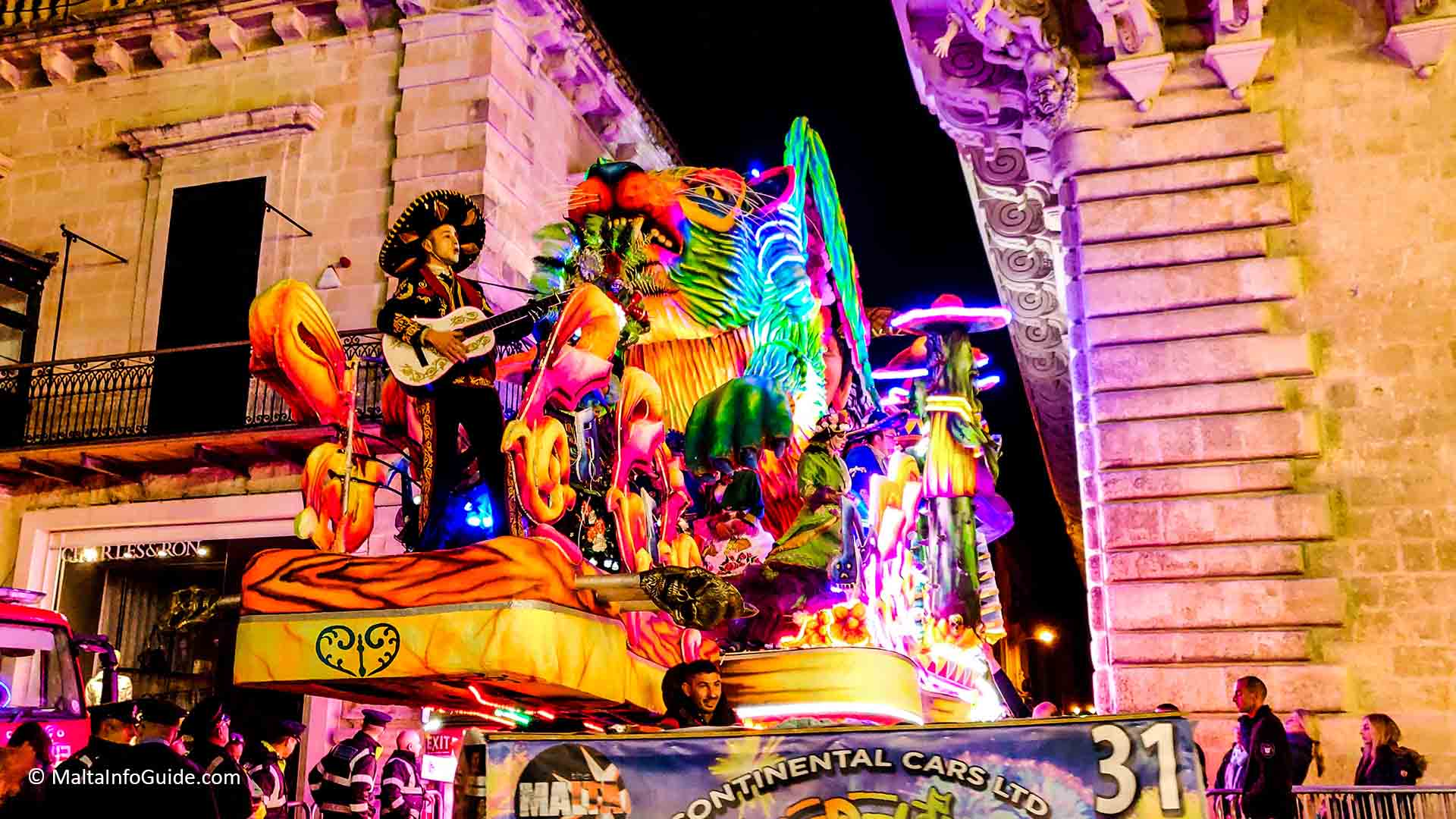 Colourful Float during a Parade in Valletta
Colourful Float during a Parade in Vallettatips on visiting carnival in malta
Whether you are a local or a tourist who is eager to join both the traditional carnival and the summer carnival, here are some tips you should consider to ensure an amazing experience.
Costumes: Around the island, you will find plenty of shops selling different types of costumes, both for adults and children. On this day, people usually wear fancy costumes and also costumes impersonating popular characters attracting the attention of the crowd and making the atmosphere livelier.
Colourful Floats: From months before, several companies prepare their extravagantly artistic coloured floats, which are displayed on lorries and trailers. During the evening, during the defile’, another aspect of the floats emerges when they are lit up with LED lighting changing the dimension of the float to a different atmosphere of colours.
Choose the Right Time: Throughout the year, two carnivals take place. The main carnival which takes place in February and is mostly centred in Valletta, Floriana and Gozo. The summer carnival, held in August in places like Buġibba, Birżebbuġa, and Marsaskala, occurs during the warmer months. where a lot of swimmers and tourists gather.
Plan Your Itinerary: If you are keen on seeing the events held throughout the period of carnival, it is wise to plan and book any ticket you need beforehand. Check the schedule of events on this page, which includes all the relevant links to book tickets. Note that the program will be released closer to the dates.
Local Cuisine: Make sure to try some of the local carnival cuisine treats such as the "Prinjolata", a traditional sweet made during the carnival season. The discovery of local food can be a great experience that enriches your cultural awareness.
Photography: Do not forget to bring with you a camera if you want to take pictures of the sights you see! A mobile phone would also be a good option. As you walk through the streets, you will find costumes and floats that make for excellent photo opportunities.
All-Time Yearly Events In Malta
Well-known events during the year in Malta
Carnival In Malta Locations
Below is some helpful information about some of the locations where Carnival in Malta is always celebrated.
Capital City, Valletta
Since Valletta is Malta's capital city, it is a major location where carnival is held. On the days of the festival, costumes and floats will be judged, artistic performances will take place, and there will be street parties. In Valletta, Carnival is not only a festive event but also a cultural event that demonstrates Maltese traditions and craftsmanship, attracting both locals and tourists.
Below find some information about the Carnival in Valletta:
- Valletta Defile: The defile in the capital starts from Auberge de Castille, moves along Merchant Street, turns to Archbishop Street, then to Republic Street where it continues all along up to the Triton Fountain outside of Valletta fortification walls.
- Floriana Defile: On the last day of carnival, the grand final is held in St Anne's Street Floriana.
- Participation: The defiles are all free of charge. It is only possible to purchase seated tickets to see the dances by the various participating groups.
- Parking: MCP car park is available or else on the outside of Valletta.
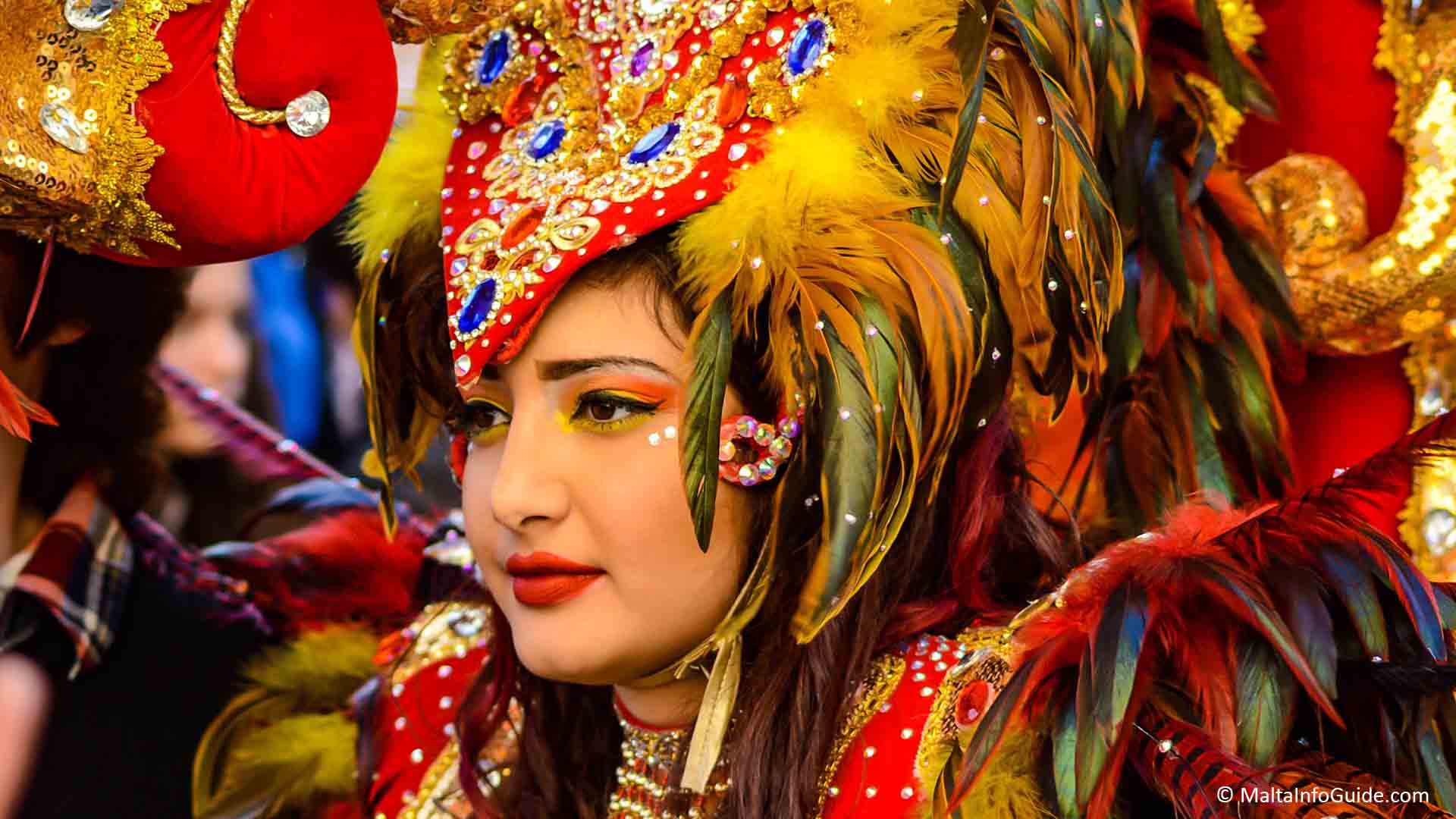 A Bright, Extravagant Costume Used During the Carnival of Malta
A Bright, Extravagant Costume Used During the Carnival of MaltaRabat & Victoria, Gozo
On the island of Gozo, Rabat (Victoria) celebrates Carnival in a contrasting yet vibrant manner. There are traditional floats, costumes, and lively gatherings in the main square, It-Tokk (Independence Square), reflecting Victoria's rich cultural tapestry.
- Location: It-Tokk (Independence Square), Rabat
- Participation: Free for everyone.
- Parking: Around the streets of Rabat or in its vicinity.
Nadur Village, Gozo
Nadur Spontaneous Carnival is held every year attracting around 25,000 visitors especially youths who come over from Malta. The most popular is the spontaneous defile’ held after sunset where everyone can participate and dress in all sorts of costumes made up from any materials to imaginative ideas.
The streets are thronged with people wearing funny, grotesque masks to macabre masks and costumes.
- Location: Nadur Main Village Square, Gozo
- Program: There are a variety of activities for children to adults.
- Parking: Nadur might be closed, so you will need to find parking around the outskirts of Nadur or some parts where it will be open.
Transport for both Rabat and Nadur: If you are coming from Malta you have to prepare to come early with the ferry. Be prepared to queue for the boat for quite some time.
malta february carnival map
The Rich History of Malta's Carnival: A Tapestry of Tradition and Festivity
The festivities of Carnival in Malta date back to 1535, just under 500 years, during the time of the Knights of St. John. It is an annual traditional event held in February or March depending on the occurrence of Ash Wednesday. During the few days of carnival, elaborate floats, extravagant costumes, and spirited parades take to the different villages around Malta and Gozo.
The meaning of the term "Carnival" derives from the Italian word "Carne vale" meaning "meat is allowed". This reflects the Christian tradition of feasting before the Lent period.
The Maltese Carnival developed into a form of cultural resistance during the British colonial period, when locals used masks to undermine colonial rule subtly, making it an important part of Maltese culture. In the decades following independence, the carnival was revitalized through innovations in costume and float designs, as well as themes reflecting contemporary issues. In today's Carnival, Maltese identity is celebrated with modern creativity and historical reverence. It attracts tourists while maintaining its essence as a cherished local festival, featuring elaborate preparations for street parties, competitions, and food festivals.
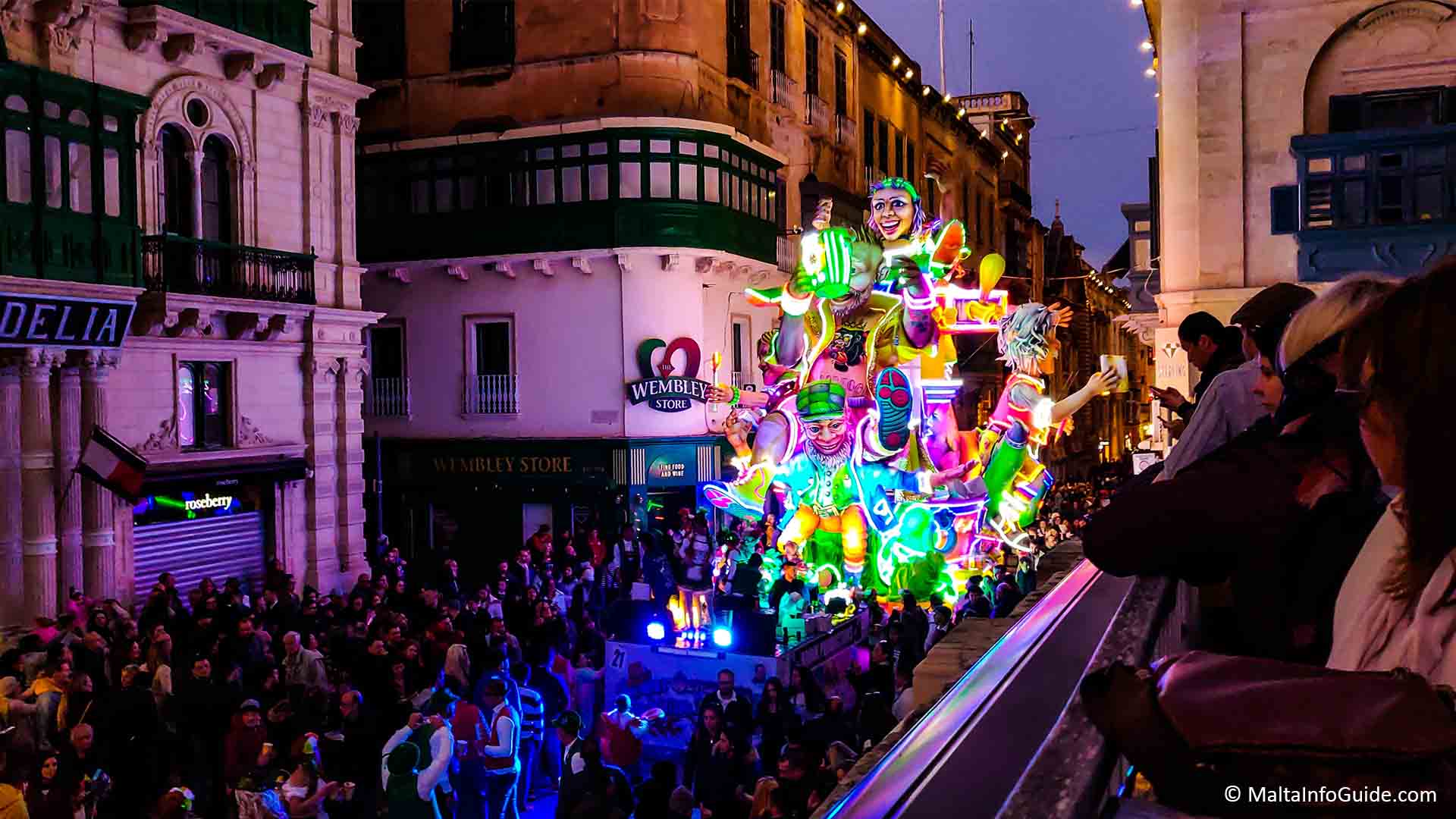 The carnival parade in Republic Street, Valletta, Malta
The carnival parade in Republic Street, Valletta, MaltaQuestions about Carnival in Malta
When is Carnival celebrated in Malta?
When is Carnival celebrated in Malta?
Carnival Malta is always celebrated before Ash Wednesday. It always starts the Friday before the Tuesday before Ash Wednesday.
What is Malta's popular sweet during Carnival?
What is Malta's popular sweet during Carnival?
During carnival, you will find what is called a Prinjolata coming from the word Prinjol meaning Pine Nuts. It is a famous delicious Maltese dessert cake specially prepared for these occasions.
Where is Carnival Malta celebrated?
Where is Carnival Malta celebrated?
There is the Valletta Malta carnival. You can also go to Gozo where you can visit the village of Nadur which is popular for its spontaneous carnival. At Rabat Gozo, there is also a full program of activities over the five days of the activities.
What does Carnival mean?
What does Carnival mean?
Carnival is a festival that happens yearly, always before Lent commences. It is a festival where people dress up in colourful costumes.
What is the meaning of Carnival?
What is the meaning of Carnival?
The name carnival is derived from the Italian phrase ‘Carne vale’, which means ‘meat is allowed’. Since up to the day before Lent meat could be consumed, then during the forty days of Lent, meat was not consumed during meals.
What is the weather like during the month of February?
What is the weather like during the month of February?
February is a very cold month, so thick warm clothes are recommended. Normally during the carnival season, it tends to rain so umbrellas and raincoats are recommended.
See a more detailed look at the weather in Malta in February.
Thinking About Renting A Car For Your Holiday?
Renting a car for your holiday gives you so much freedom to explore the islands at your own pace without any possible restrictions. We personally tried Discover Cars and loved their great service and affordable prices.
Get The Best Rates On Your Car Rental Now!
Need to book a hotel for your Malta visit?
Looking for the perfect place to stay? Booking.com is always our go-to website as we know that we will find the right accommodation for the best prices possible. This super-easy platform cannot be recommended enough!
Find Your Hotel Now Using Booking.com!
 By Albert and Benjamin Magro
By Albert and Benjamin Magro